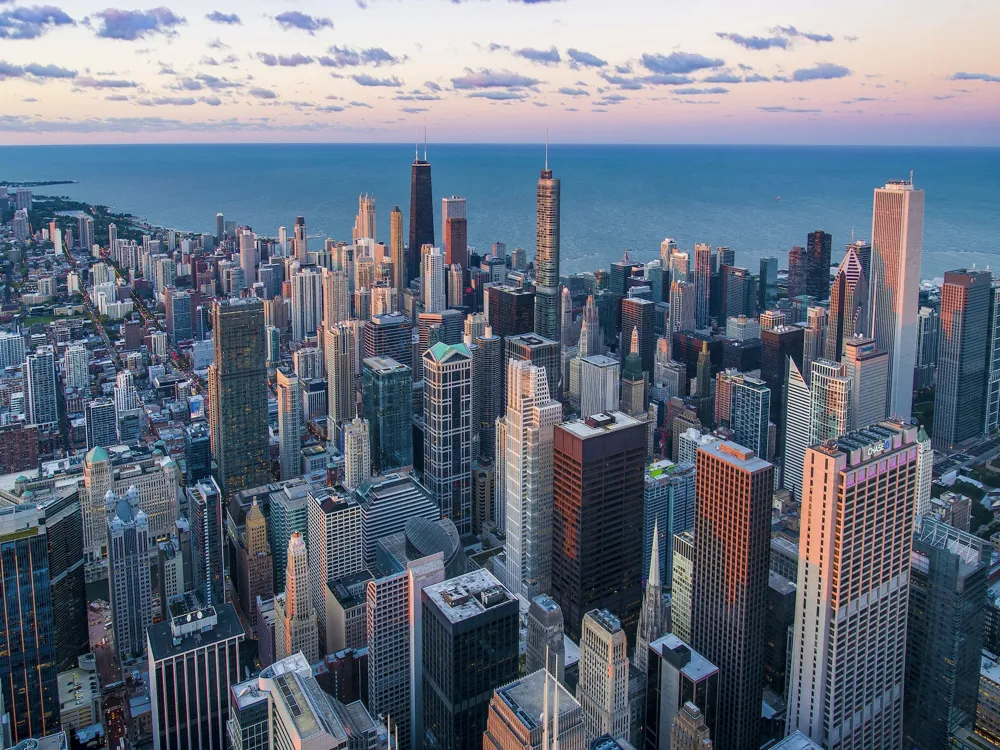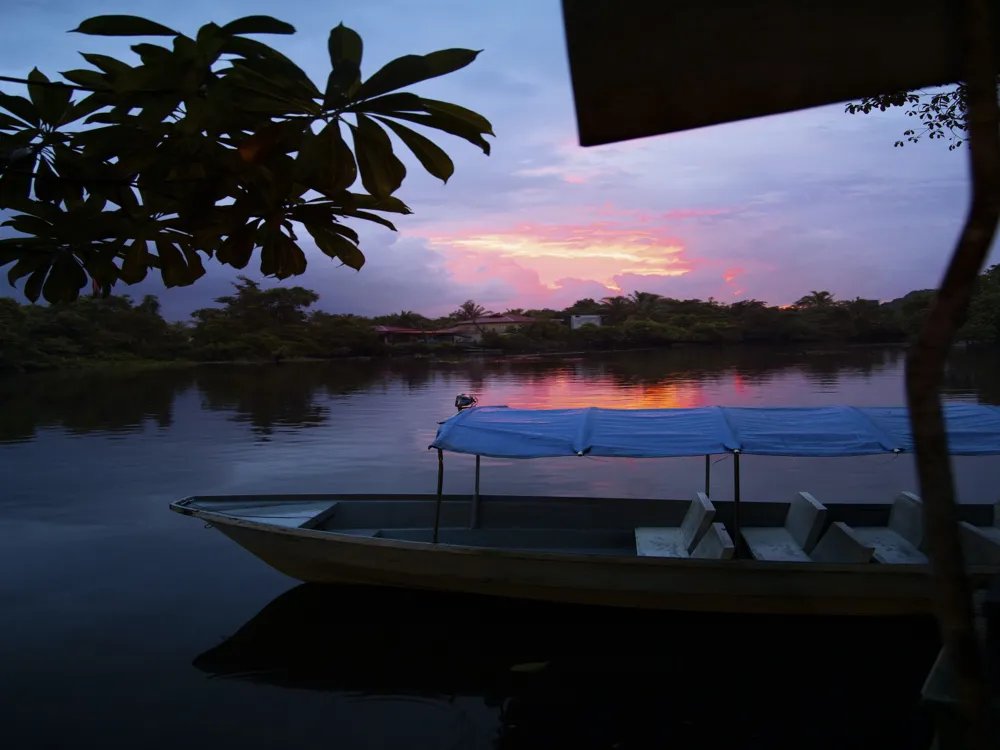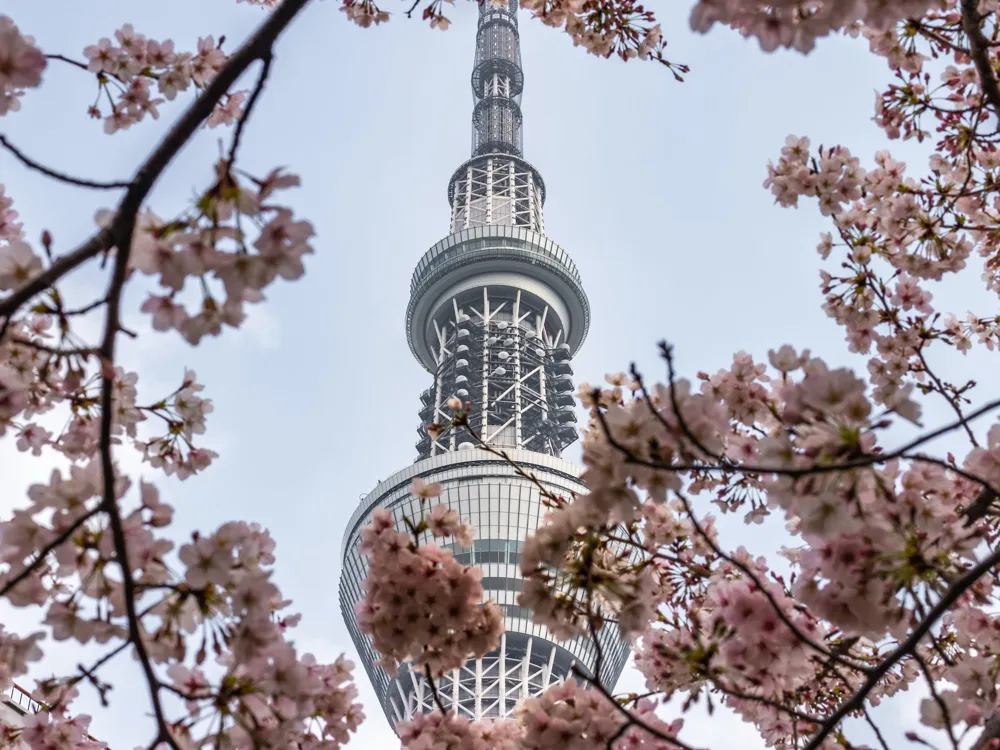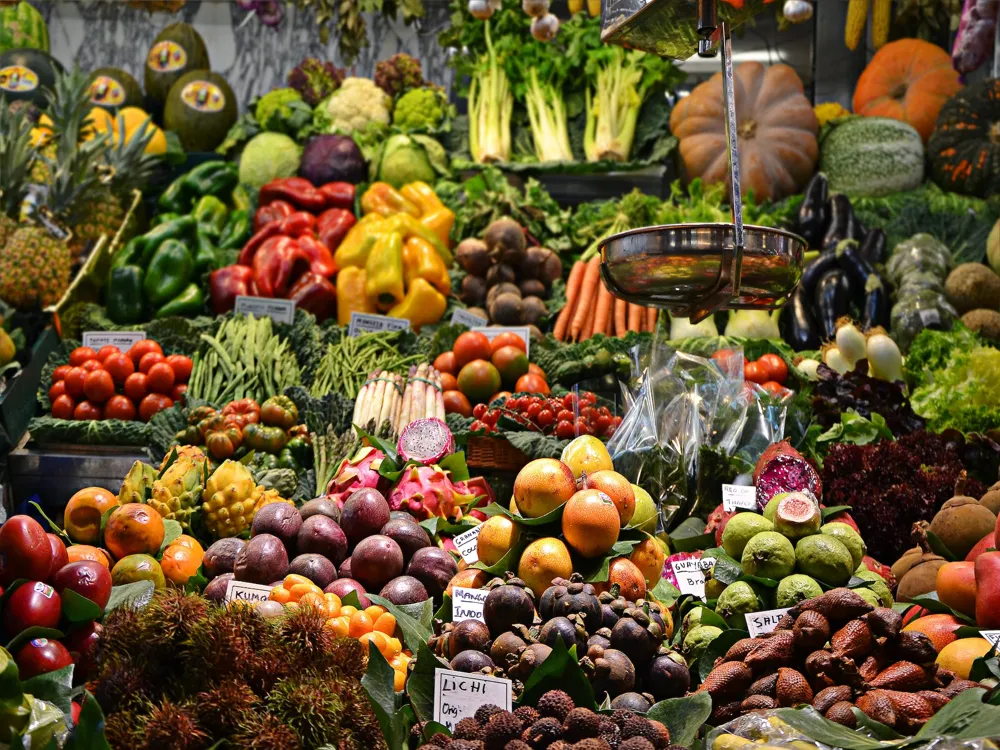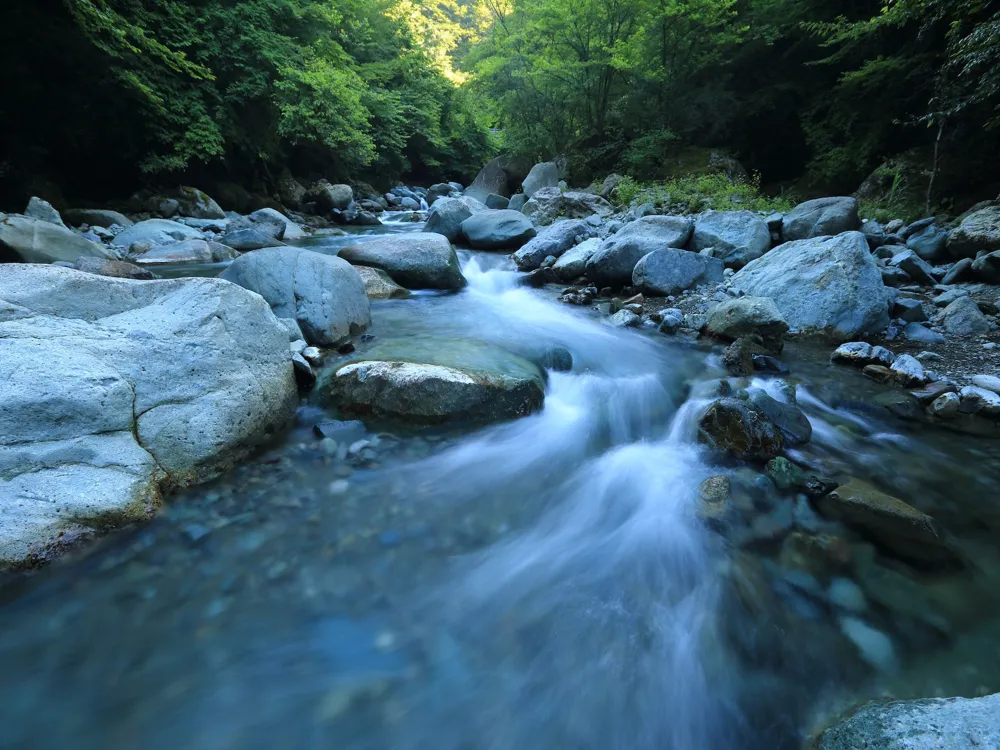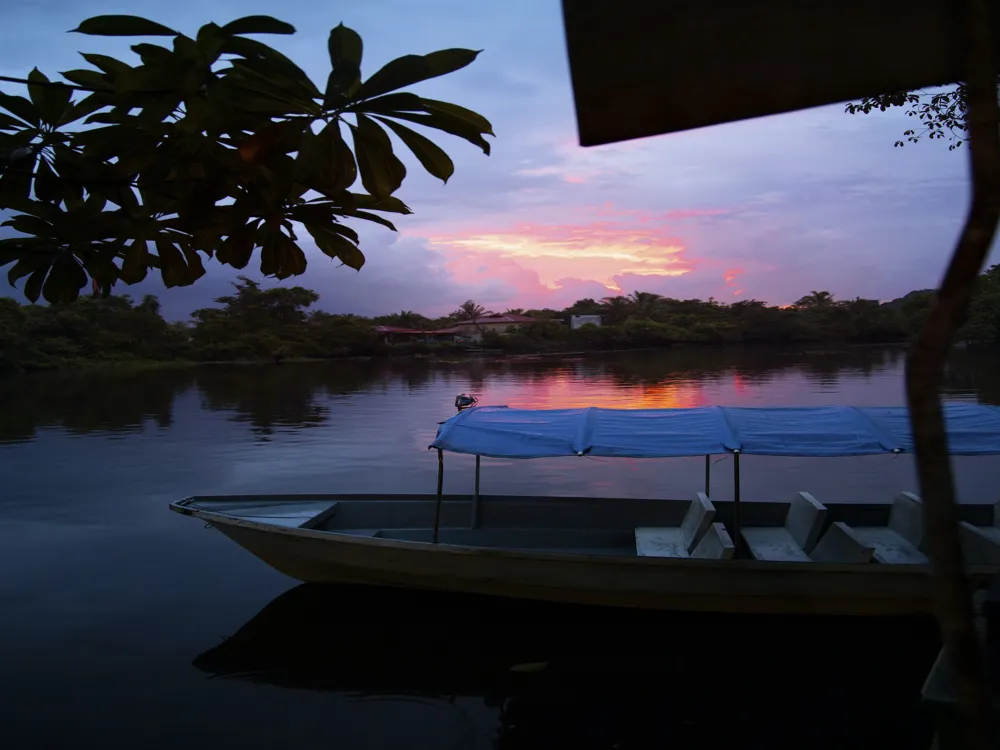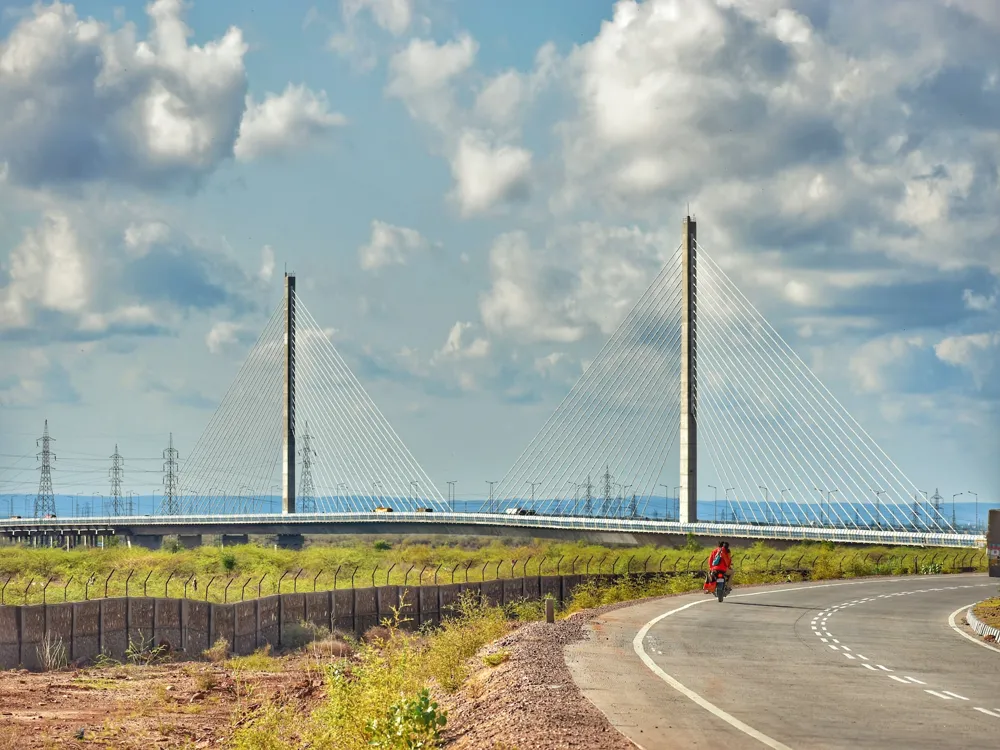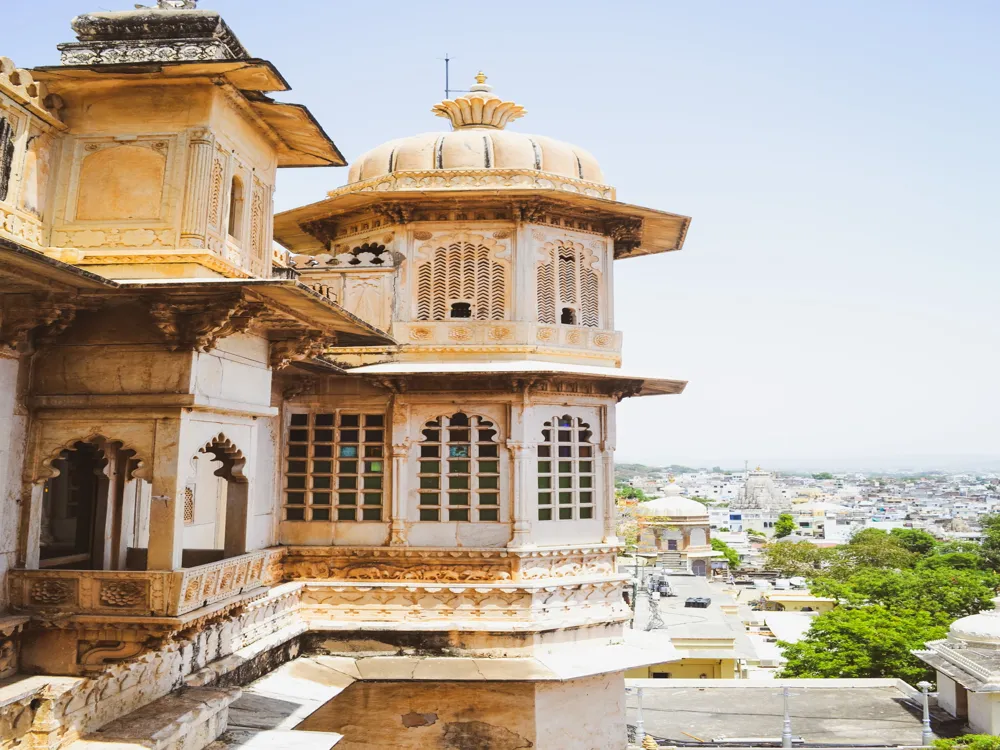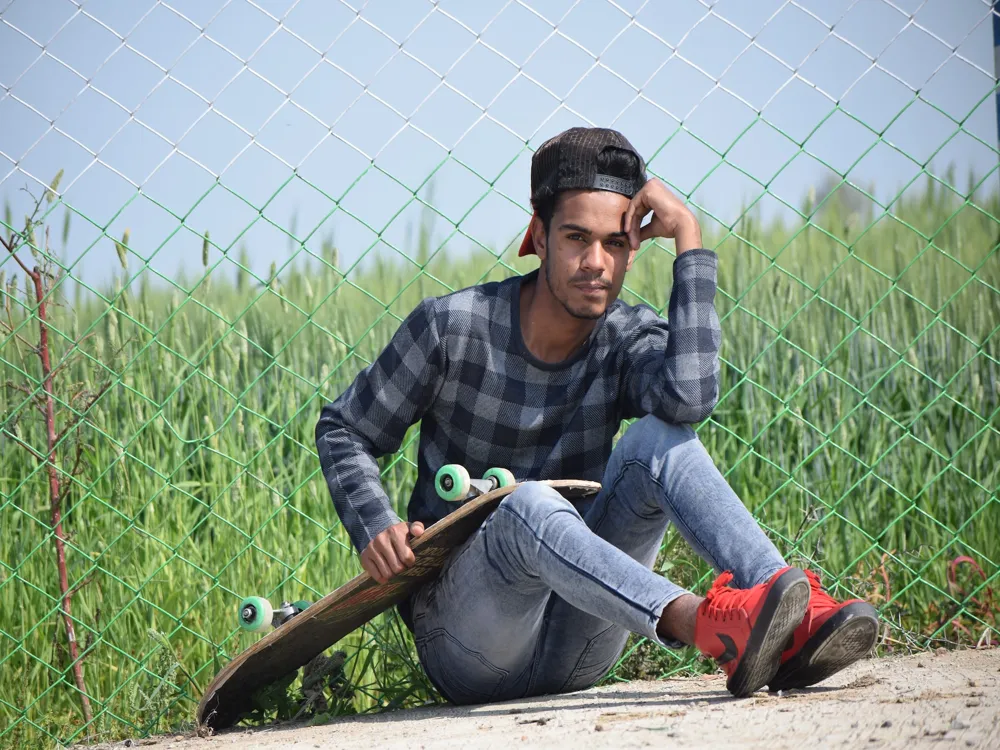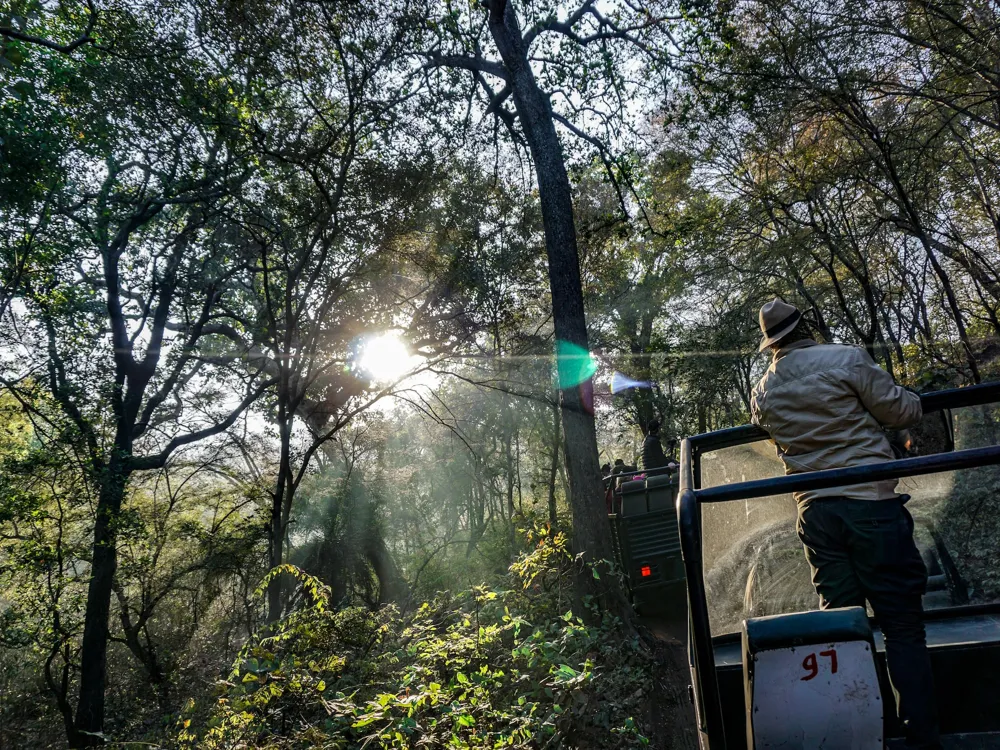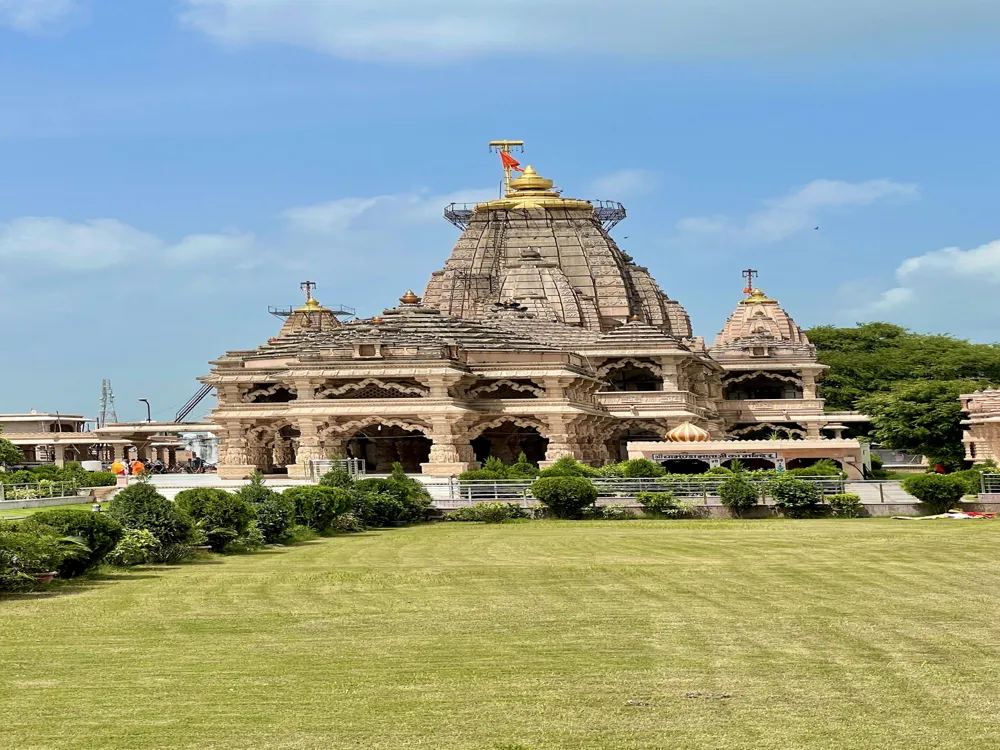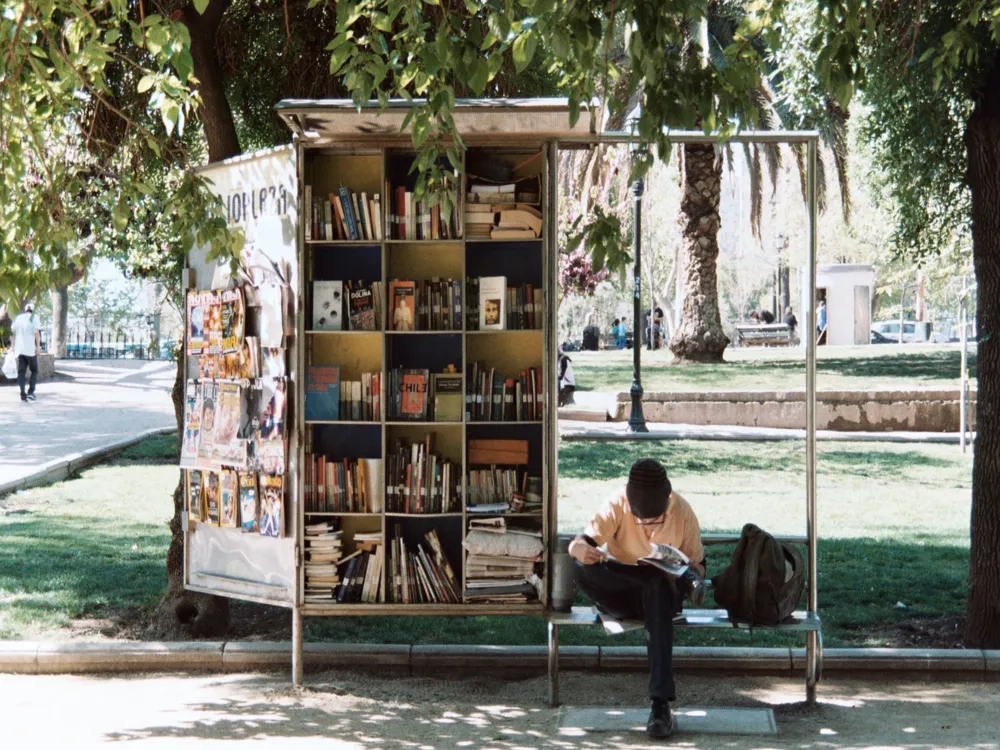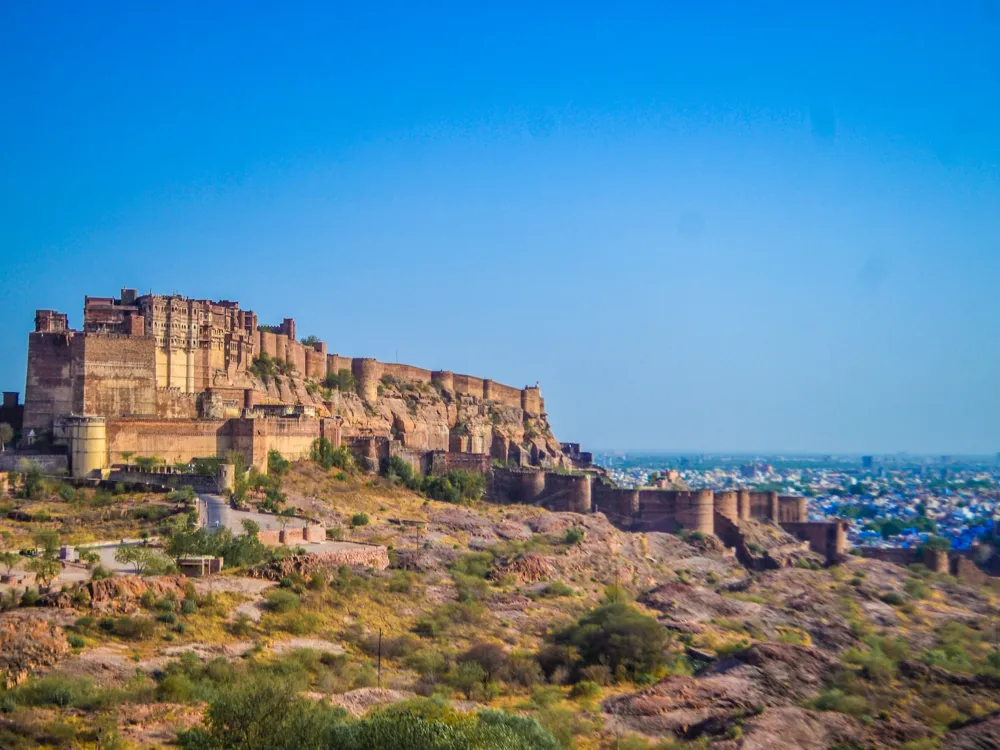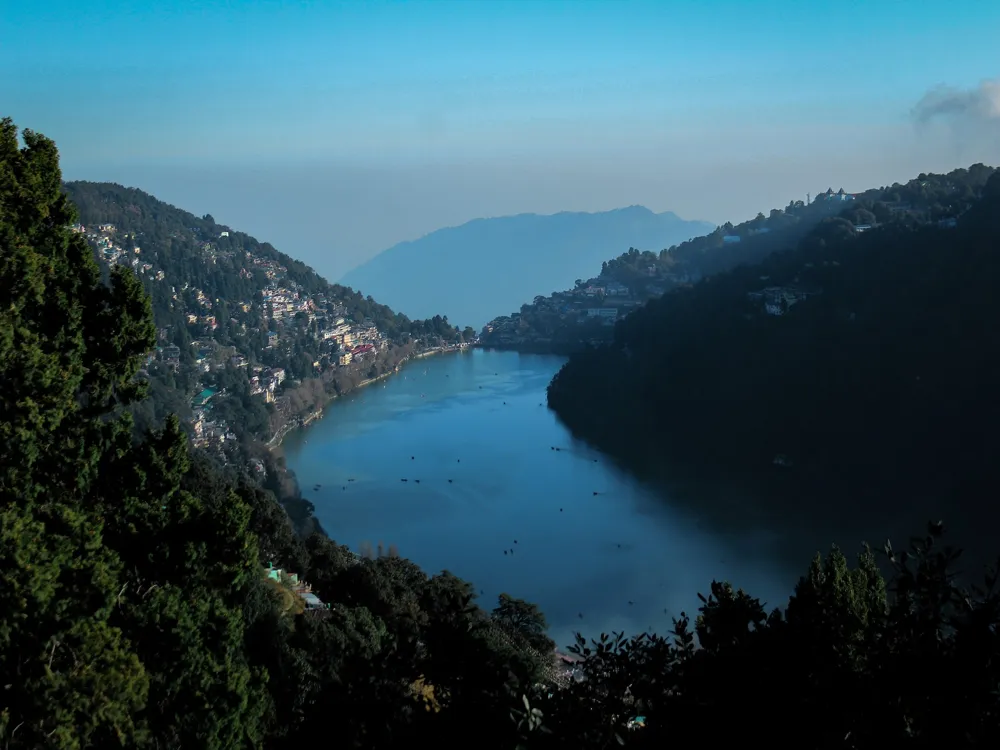Nestled in the lush forests of Kota Kinabalu, Sabah, the Mari Mari Cultural Village stands as a beacon of Borneo's rich and diverse cultural heritage. This unique destination offers an immersive experience into the lives, traditions, and customs of Borneo's ethnic communities. The village serves as a living museum where visitors can explore the traditional homes of the Bajau, Lundayeh, Murut, Rungus, and Dusun tribes, each with its distinct architectural style and cultural practices. The journey through Mari Mari Cultural Village is not just a physical one, but also a trip back in time. Here, visitors can witness the time-honored methods of fire-making, bamboo cooking, and traditional tattooing. The villagers, dressed in their traditional attire, showcase various aspects of their ancestral lifestyles, including hunting techniques, fishing methods, and the preparation of traditional foods. One of the highlights of a visit to Mari Mari Cultural Village is the opportunity to engage in interactive cultural demonstrations. These include traditional dance performances, musical sessions, and the chance to partake in various hands-on activities. The experience is both educational and entertaining, making it a perfect outing for families, culture enthusiasts, and anyone interested in the rich tapestry of Borneo's indigenous cultures. The cultural village is not only a place of learning and discovery but also a platform for the preservation of these indigenous cultures. It plays a vital role in keeping the traditions alive for future generations while offering an authentic and respectful representation of the tribes' heritage. The architectural design of the Mari Mari Cultural Village is a testament to the ingenuity and resourcefulness of Borneo's ethnic tribes. Each tribal house in the village is built using traditional methods and materials, offering visitors a glimpse into the architectural diversity of Sabah's indigenous communities. The Bajau house, for example, showcases the maritime heritage of the Bajau people, known as the 'Sea Gypsies.' This stilted structure is typically built near water and reflects the Bajau's close relationship with the sea. On the other hand, the Rungus longhouse represents the communal lifestyle of the Rungus people, with its long, narrow design and communal living spaces. The Murut house, with its distinctive high roofs and ornate carvings, illustrates the artistic prowess of the Murut tribe. The house is often adorned with intricate beadwork and traditional motifs, symbolizing the tribe's rich artistic heritage. The Lundayeh house, built primarily from wood and bamboo, showcases the tribe's connection to the forest and their expertise in utilizing natural resources sustainably. The Dusun house, characterized by its simple yet functional design, reflects the agricultural lifestyle of the Dusun people. The house is often surrounded by lush gardens and rice fields, highlighting the tribe's deep connection to the land. The architecture of Mari Mari Cultural Village is not just about the physical structures; it also encompasses the spiritual and communal aspects of tribal life. Each house is a microcosm of the tribe's social structure, beliefs, and way of life, providing visitors with a comprehensive understanding of Borneo's cultural mosaic. When visiting Mari Mari Cultural Village, it is recommended to dress modestly and comfortably. Lightweight clothing is ideal due to the tropical climate. Additionally, wearing comfortable walking shoes is advised as there is a fair amount of walking involved in touring the village. As a place steeped in cultural heritage, it is important for visitors to show respect towards the local customs and traditions. This includes being mindful of one's behavior, not touching sacred artifacts, and seeking permission before taking photographs of the villagers. To fully experience the essence of Mari Mari Cultural Village, visitors are encouraged to participate in the various cultural activities offered. This could include traditional games, dance lessons, or even trying out local delicacies. Engaging in these activities provides a deeper understanding and appreciation of the local cultures. The humid and sunny conditions in Kota Kinabalu mean that staying hydrated is crucial. Visitors should carry water bottles and use sun protection like sunscreen, hats, or umbrellas to protect against the sun. Opting for a guided tour can enhance the visiting experience. Knowledgeable guides provide valuable insights into the history, culture, and architecture of the village, making the visit more informative and enjoyable. Mari Mari Cultural Village is located approximately 25 minutes away from Kota Kinabalu city center. Visitors have several options for transportation: Regardless of the mode of transportation, it's advisable to plan the visit ahead of time, especially during peak tourist seasons, to ensure a smooth and enjoyable trip to Mari Mari Cultural Village. Read More:Overview of Mari Mari Cultural Village in Kota Kinabalu, Sabah
Architecture of Mari Mari Cultural Village
Tips When Visiting Mari Mari Cultural Village
Dress Appropriately
Respect Cultural Norms
Participate in Cultural Activities
Stay Hydrated and Protected
Guided Tours
How To Reach Mari Mari Cultural Village
Mari Mari Cultural Village
Kota Kinabalu
Sabah
NaN onwards
View kota-kinabalu Packages
Weather :
Tags : Cultural Village
Timings : 10:00 AM - 6:00 PM
Entry Fees : Adult: RM 180
Child (5 to 11 years): RM 160
Child below 4 years: Free
Planning a Trip? Ask Your Question
Kota-kinabalu Travel Packages
View All Packages For Kota-kinabalu
Top Hotel Collections for Kota-kinabalu

Private Pool

Luxury Hotels

5-Star Hotels

Pet Friendly
Top Hotels Near Kota-kinabalu
Other Top Ranking Places In Kota-kinabalu
View All Places To Visit In kota-kinabalu
View kota-kinabalu Packages
Weather :
Tags : Cultural Village
Timings : 10:00 AM - 6:00 PM
Entry Fees : Adult: RM 180
Child (5 to 11 years): RM 160
Child below 4 years: Free
Planning a Trip? Ask Your Question
Kota-kinabalu Travel Packages
View All Packages For Kota-kinabalu
Top Hotel Collections for Kota-kinabalu

Private Pool

Luxury Hotels

5-Star Hotels

Pet Friendly







